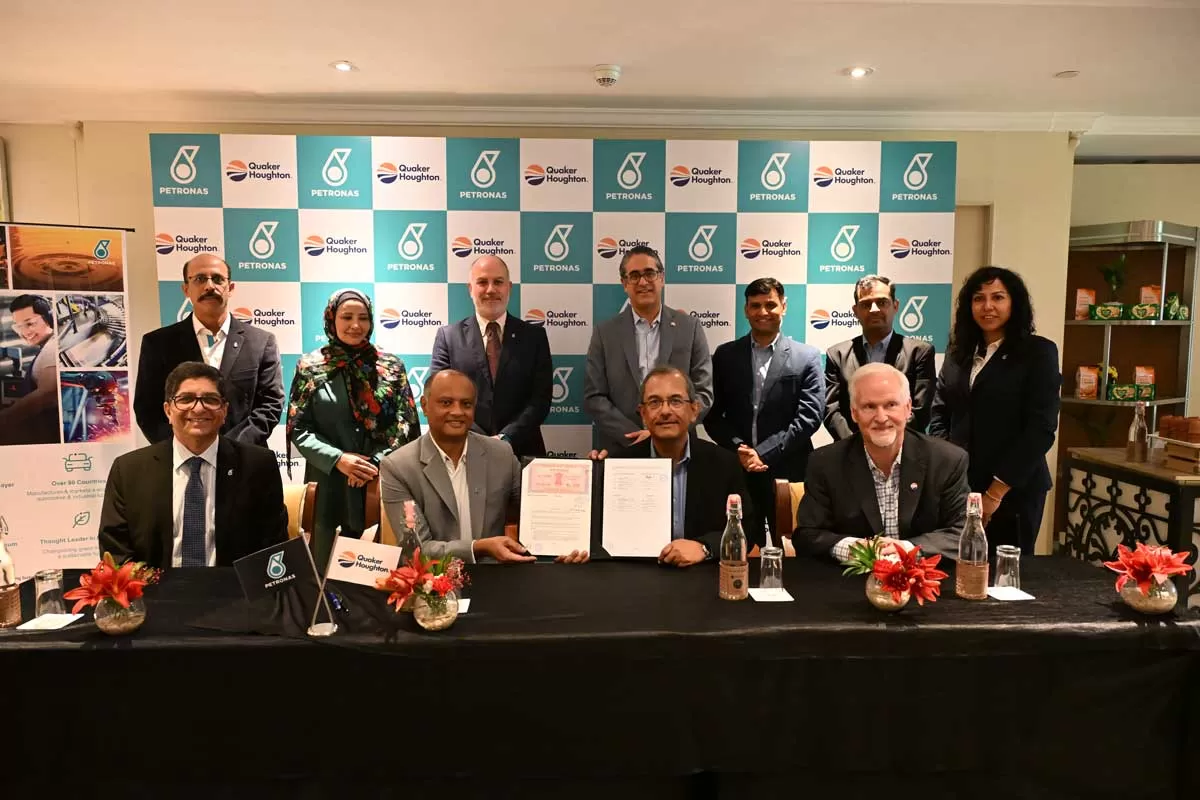The INR saw a recent peak, crossing 78.3 after the US May inflation data, before pulling back. It closed at 78.08 on June 17, 2022. ANITHA RANGAN shares her view on the scenario, what led to this peak and when we could expect to see a marginal pullback in the currency.
India’s rupee has witnessed around 5 per cent depreciation year to date (YTD) in 2022 and 6.5 per cent year on year (YOY) with the performance somewhere in the middle of the emerging market group. This is in the context of dollar strengthening by ~10 per cent YTD. The pressure on the rupee has been building largely from October 2021, primarily driven by two aspects:
a) Rising crude (and commodity) prices driving a higher current account deficit
b) Tightening of rates by the US Federal Reserve leading to a risk-off scenario impacting India’s capital account flows.
Both these factors have been accentuated by the Russia-Ukraine war since February 2022. The war has only increased the supply-side shocks, driving higher inflation across the world, prompting aggressive central bank actions.
What’s India’s position in this context?
To understand this, let us begin with the background that being a country of net current account deficit, India is dependent on capital flows to balance the deficit. India has built its reserves from the excess of capital flows, unlike many emerging markets, which build reserves from surpluses in the current scenario. In the current scenario, there seems to be pressure on both fronts, which has led to outflows to the extent of $ 28 billion in 2022 YTD and cumulative outflows of ~$ 34 billion since October 2021. Alongside, India’s reserves have declined from a peak of $ 642 billion in October to $ 596 billion, a fall of $ 46 billion.
Both outflows and decline in reserves have some comparable situations in the past two decades. The first fall in the past two decades was during the 2008 financial crisis, when India saw $ 46 billion of its reserves getting exhausted in six months (September 2008 to February 2009). The next decline was in 2013, during the taper-tantrum era, when the US Federal Reserve indicated its intent to end quantitative easing in the aftermath of the 2008 crisis. The peak of the decline in 2013 (January-August 2013) was $ 21 billion. The next massive outflow was $ 32 billion during March-October 2018, at the peak of the Fed’s rate hiking cycle.
Alongside, in 2013 and 2018, we did witness balance-of-payment deficits for one to two quarters before the capital flows resumed. Oil price levels, in comparison, were high in the 2013 era. In the other two situations, oil prices either crashed (2008) or were at moderate levels ($ 60-70s). Except for 2008, inflation has been benign with commodity prices on the declining trend.
The current situation for India is therefore unique with headwinds from crude and commodity prices, high inflation and tightening global financial conditions leading to outflows from the capital side. However, we have not seen the rupee correcting as much as other emerging markets, which have a current account surplus.
Why is that? And what is the challenge?
To protect the competitiveness of exports, other emerging markets are allowing their currencies to depreciate much more, except for countries like Brazil and Mexico that have hiked their policy rates aggressively. On the contrary, India is using its reserves to avoid material volatility to ensure as orderly a depreciation as possible. Alongside, it has also frontloaded its rate hikes but it has done that more recently.
However, the challenge of funding imports of ~$ 60 billion every month while managing FII outflows remains. India’s trade balance hit the highest of $ 15 billion in May. From an odd year of current account surplus in FY21, India is a current account deficit (CAD) nation. India’s CAD is expected to touch 2 per cent in FY22 (~$ 60 billion) and over 3 per cent in FY23 (~$ 110 billion). The absolute quantum of CAD is the highest so far.
But so are the reserves. With reserves of ~$ 595 billion, India has an import cover of over 11 months, which in comparison to the previous stress era (of seven to nine months) is higher. The funding of CAD per se may not be a challenge but in comparison with its continued outflows, and against outstanding portfolio investment of $ 277 billion and short-term trade credit of $ 110 billion, reserves may have to be managed judiciously.
Therefore, where is the currency headed?
The INR saw a recent peak, crossing 78.3 post the US May inflation data, before pulling back. It has closed at 78.08 on June 17, 2022. The key headwinds are rising crude prices, the Fed continuing its aggressive stance although much of that is priced in, and lingering risks from an extended period of the war. While the Fed’s stance is driven by high inflation, perhaps the current stance is its most aggressive. RBI has already frontloaded much of its hike with 130 bp (including SDF, or standing deposit facility, hike of 40 bp in April), and perhaps will carry out its hiking trajectory, albeit at a slower pace – certainly not the pace of the Fed.
Once the Fed is at the peak of the cycle, somewhere by the end of 2022 or early 2023, India may see portfolio flows returning. By then, hopefully some clarity on the war will emerge and the fundamental ‘risk-on’ scenario might improve. Crude could remain high but India’s basket could benefit from cheaper Russian crude. Action by the Government and RBI will help bring down domestic inflation and structurally maintain or help improve the attractiveness of India’s exports.
While the dollar strengthening cannot be ignored, India’s currency has already surpassed its average depreciation over the past decade of 3.5-4 per cent. The risk of further depreciation in the rupee is reflected in the one-year forward premiums in the onshore and offshore markets. The one year forward in the offshore market is over 6 per cent while it is around 3.5 per cent in the onshore market reflecting pressure on the spot market and risk-off in the offshore market.
The onshore market is driven by the dominant participation of RBI. The rupee may see itself touching 80 over the next one year, albeit at a gradual pace. RBI is expected to support it at every bout of volatility and continue its rate hike actions for at least the next two policies. However, once flows resume in the subsequent year and RBI resumes its reserve accretion, we may see some marginal pullback in the currency as well. Until then, the rupee will slide (gradually) with its emerging partners!
About the author: Anitha Rangan, Economist, Equirus Capital, has over 16 years of work experience in the financial services industry which can be mapped to experience in areas of fund management, economic research, credit research across domestic and global markets. She has spent around nine years in fixed income fund management side of HSBC (Global) Asset Management, in India and around two years in research division of CRISIL, a subsidiary of Standard and Poor’s in India. Prior to this, she has spent around five years in Nomura and Lehman Brothers as a credit analyst evaluating Investment Grade companies within the in the US and European TMT sector.


















